Comparative Analysis of Coca-Cola and Pepsi's Marketing Strategies
VerifiedAdded on 2022/08/29
|7
|1145
|16
Report
AI Summary
This report provides a comparative analysis of the marketing strategies employed by Coca-Cola and Pepsi, two leading multinational beverage companies. The analysis begins with an introduction that highlights the importance of adapting to market changes and technological innovations, emphasizing the significance of sustainability in the industry. The report delves into the competitive strategies of both companies, exploring Coca-Cola's emphasis on diversity and positive management, and Pepsi's focus on motivation and employee empowerment. It then examines the supply chain designs of both companies, including their distribution networks and logistical approaches. Furthermore, the report contrasts the sustainability decisions of Coca-Cola and Pepsi, highlighting their approaches to environmental and social responsibility. Concept maps are provided to visually represent the sustainability strategies of each company, covering aspects such as manufacturing, distribution, and sales. The report concludes by summarizing the innovative and sustainable strategies of both companies, emphasizing their use of demographic data, market research, and internet-based marketing to maintain their competitive edge. The report references several academic sources to support the analysis.
1 out of 7
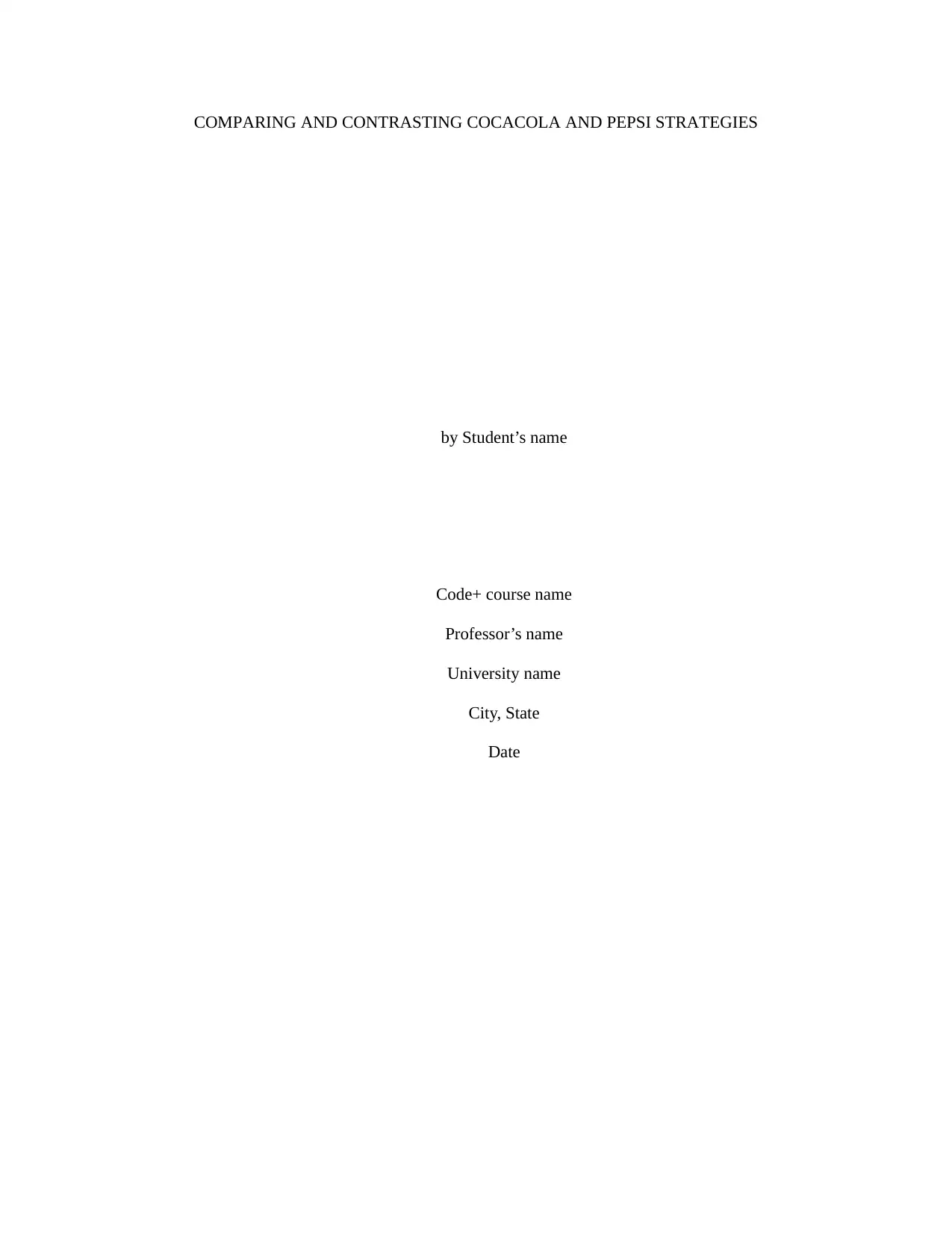
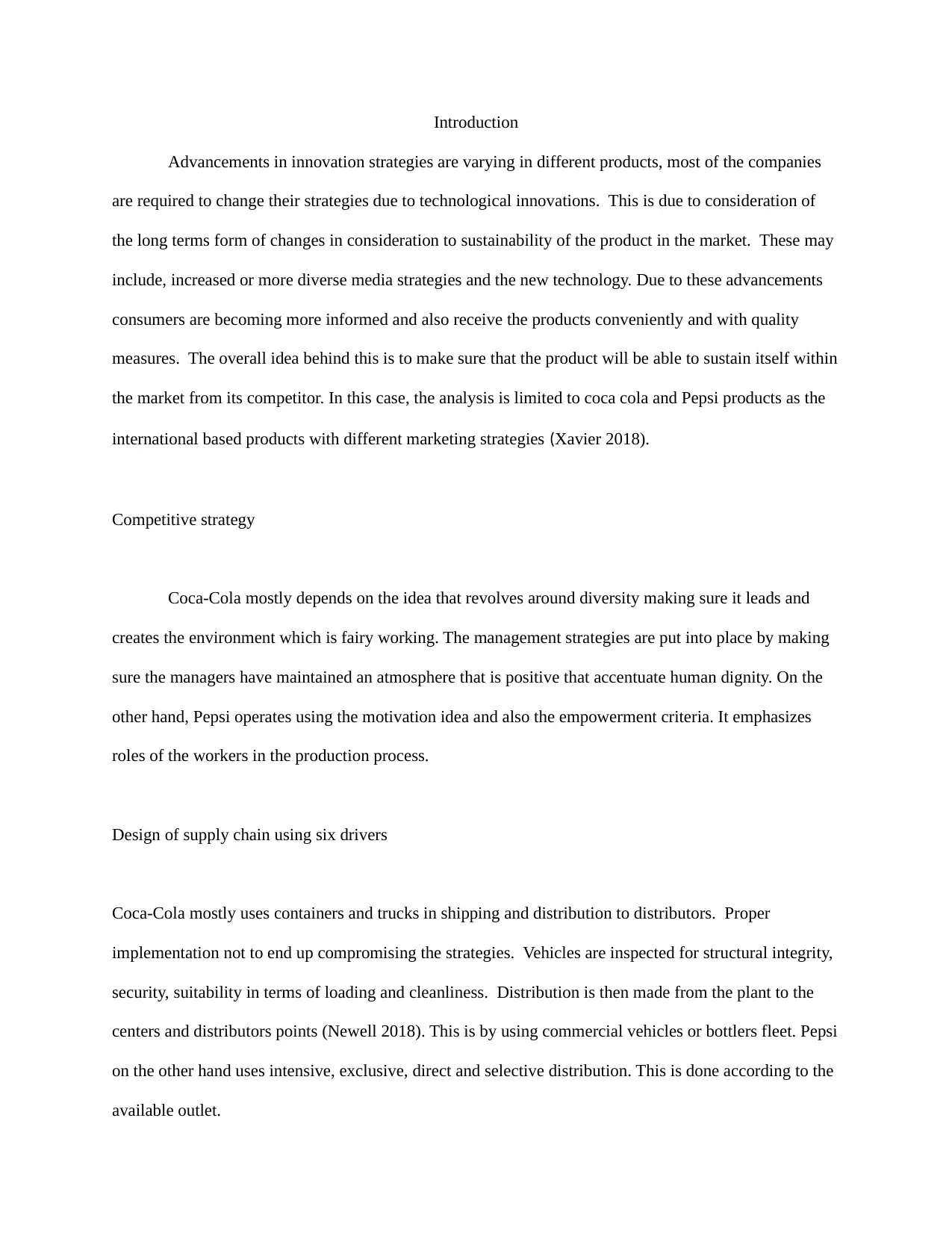
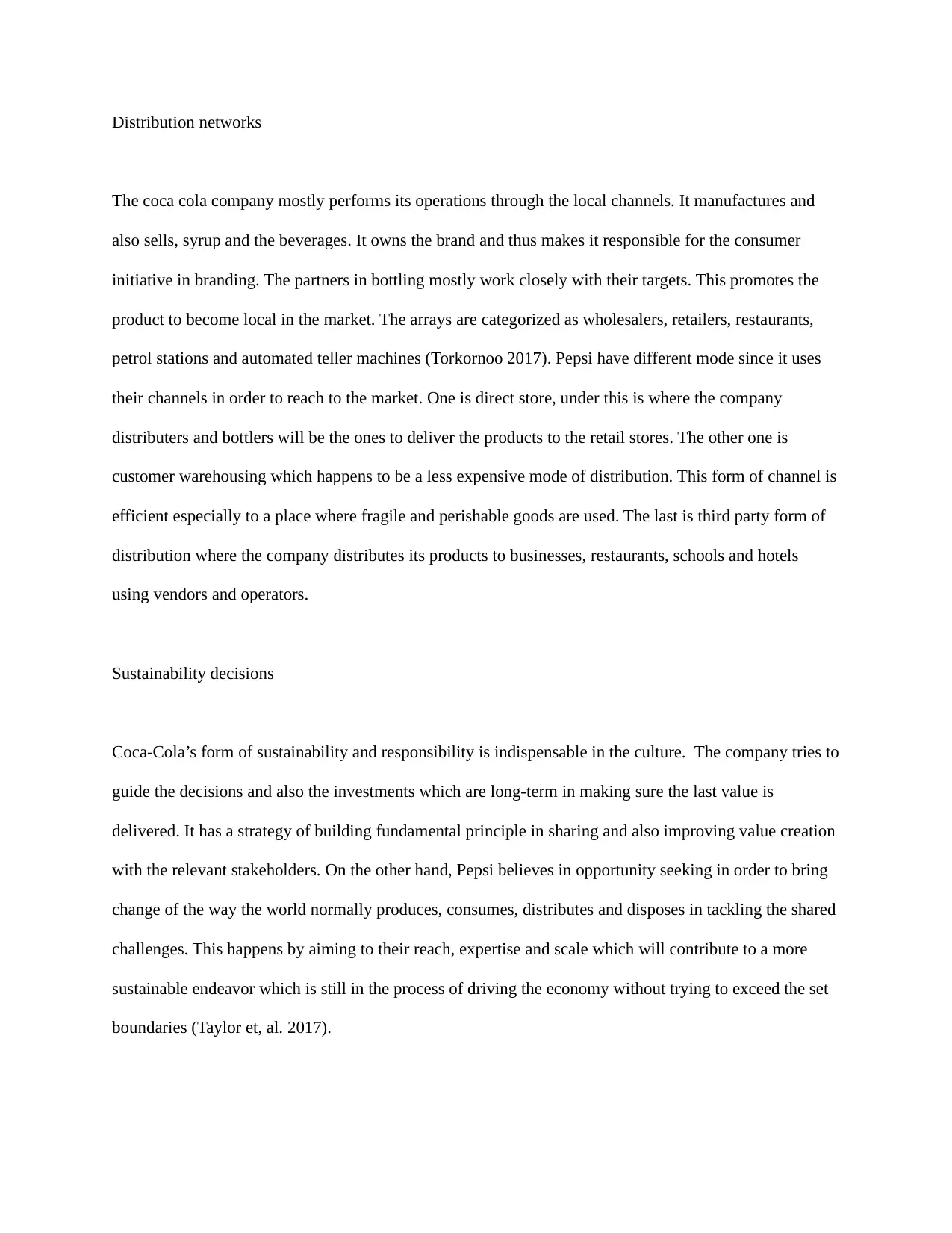

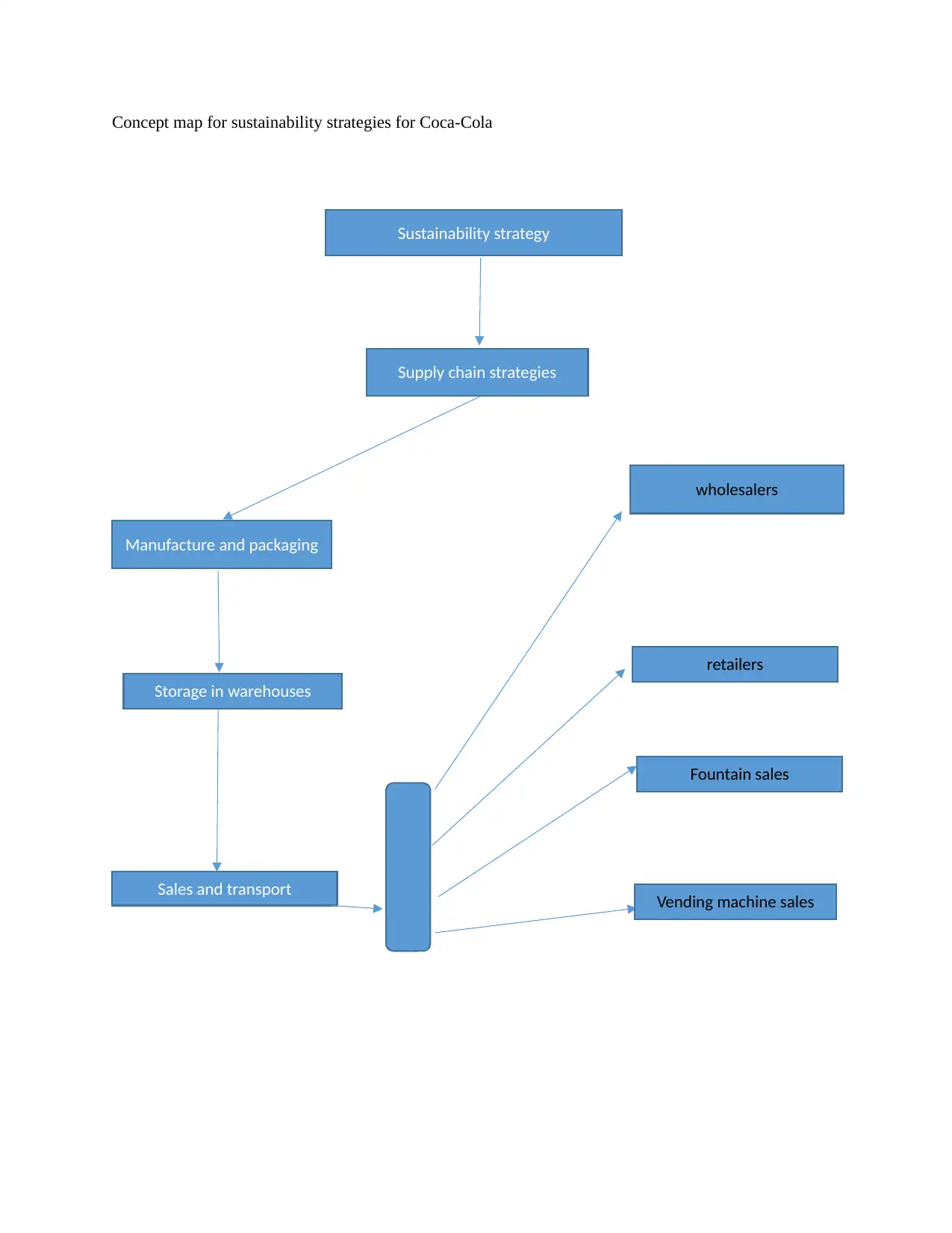
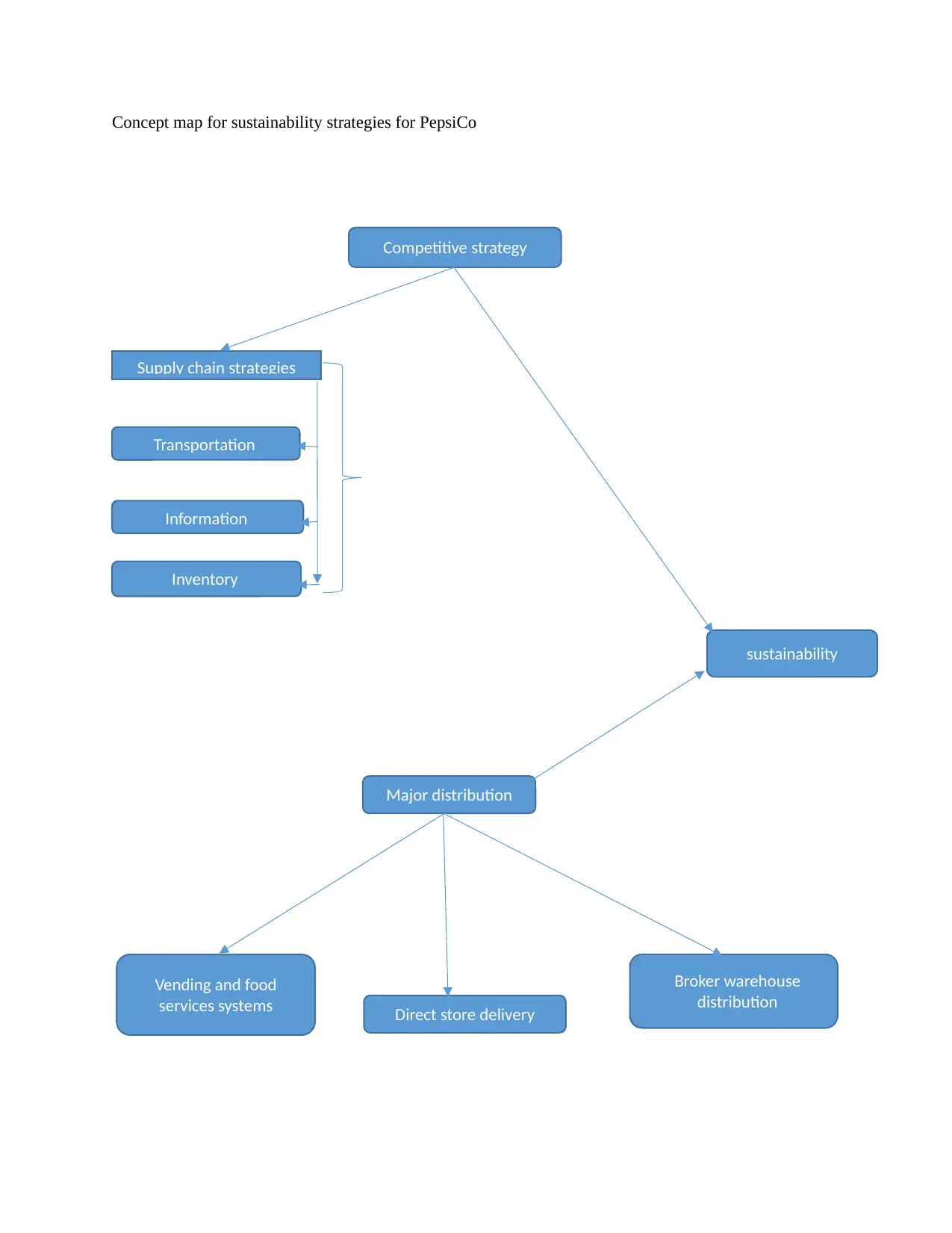
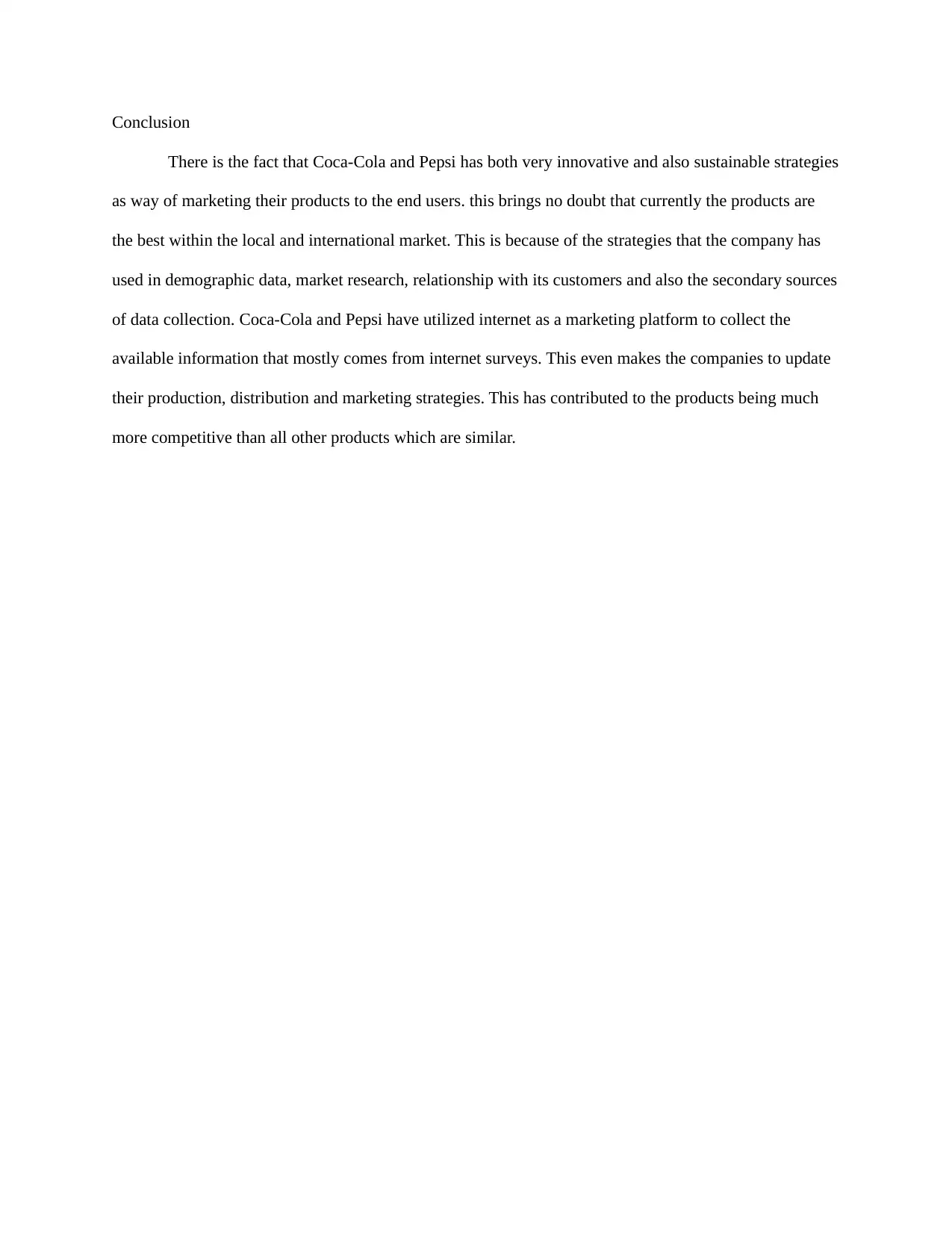
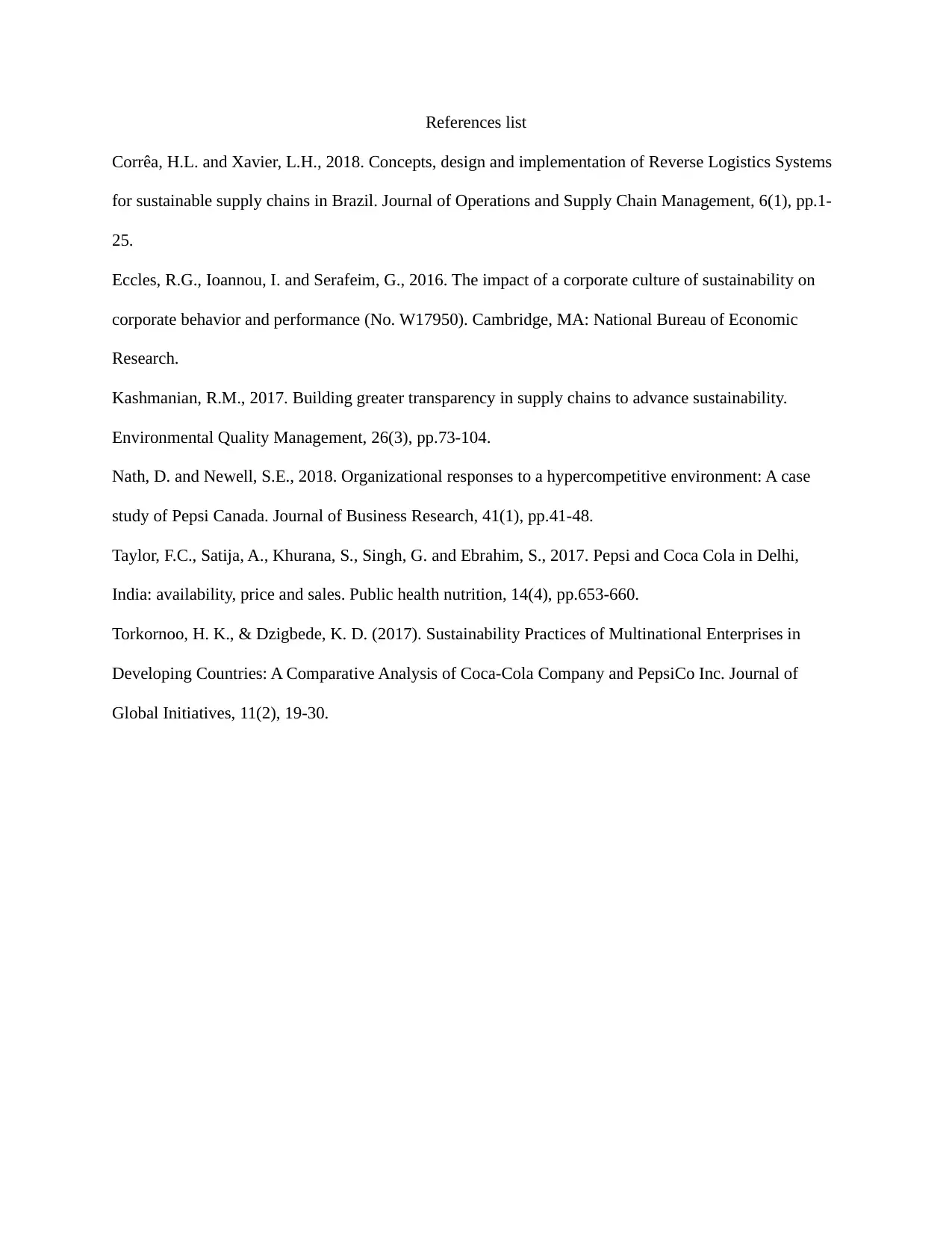






![[object Object]](/_next/static/media/star-bottom.7253800d.svg)